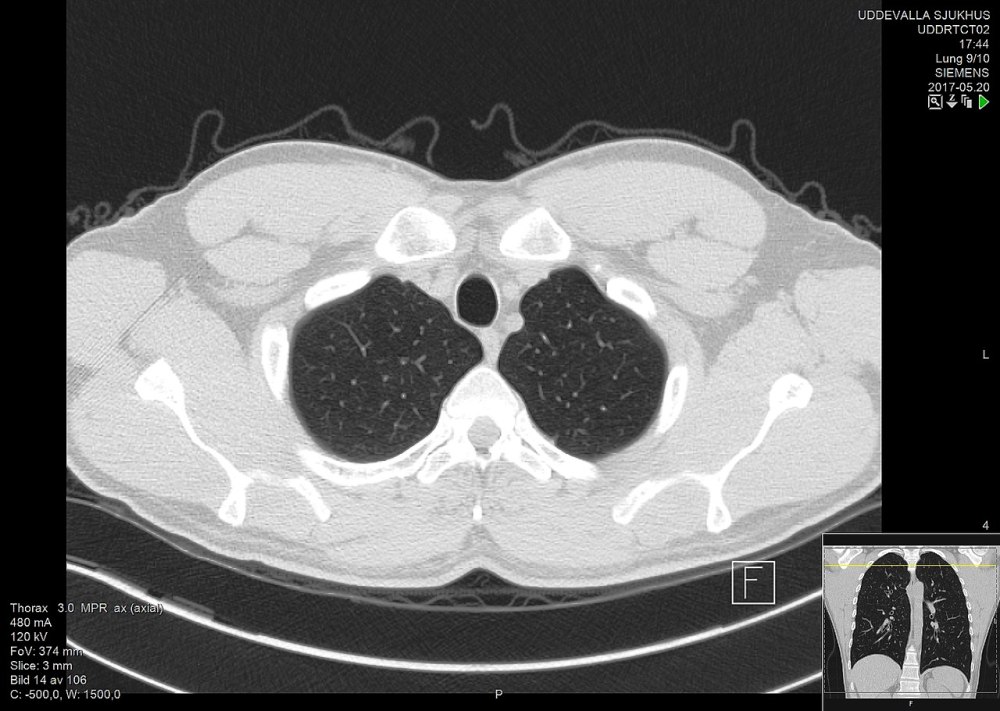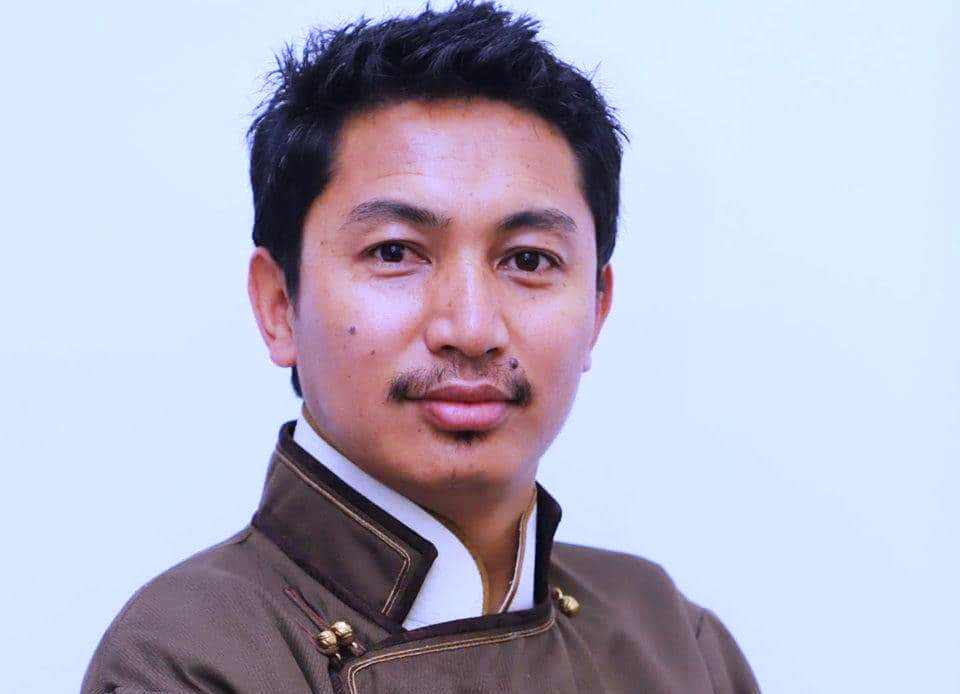TB prevalence is steadily declining in Kashmir but it still continues to be the most challenging asymptomatic crisis that people face. In almost 30 per cent of the cases, infertility of women is linked to the old disease. Now multidrug-resistant TB is a new challenge, reports Insha Shirazi

Notwithstanding claims of its disappearance, contagious tuberculosis (TB) exists in Kashmir.
The study Prevalence of the Tuberculosis Disease in the North Indian Subcontinent Kashmir Valley: A Cross-sectional Hospital-based Study published in the Journal of Clinical and Diagnostic Research suggested the overall prevalence of TB was 49.03 per 100,000 people in 2019 and 37.31 per 100,000 people in 2020. In the positive TB cases in Kashmir, there was no association between the demographics that were assessed (p>0.05). In the years 2019 and 2020, Budgam and Pulwama recorded the fewest cases, while Srinagar reported the most cases.
The district Budgam received the designation as TB-free in 2021, and in 2022, three districts received the highest possible certification from TB. The three Kashmiri districts of Anantnag, Kupwara, and Pulwama received the Bronze tag, and it was confirmed that TB is either nonexistent or decreasing day by day. Baramulla received the Silver.
In 2020, a study published in The Journal of the National Center for Biotechnology Information reported 3.85 per cent of the 42,805 individuals interviewed out of the total exhibited pulmonary tuberculosis symptoms. There were 1351 chest X-rays performed and 1539 sputum samples were taken from symptomatic patients. On those with worrisome X-ray findings, testing using the cartridge-based nucleic acid amplification test (CBNAAT) was performed. There were 147 cases of pulmonary TB among every 100,000 people, according to research. More women than men have tuberculosis, and women tend to be younger when they develop the disease.
Current Situation
“As compared to previous years TB is decreasing in Jammu and Kashmir. Out of the positive proportionate pulmonary TB is slightly more,” leading Pulmonologist, Dr Naveed Shah, Professor, and Head Chest Medicine GMC, Srinagar said. “In industrialized nations, TB was nonexistent, but cases are now occurring owing to new illnesses like HIV, etc. However, in impoverished nations, TB cases are more common due to poor sanitation and overcrowding, which are the main causes of the disease.”
Dr Manzoor Ahmad Mir, Head of Department Bioresources at the University of Kashmir, has worked on reverse co-stimulation of infectious mycobacterium tuberculosis at JNU Microbial CSIR. His model organism bacterium was Mycobacterium tuberculosis. “Mycobacterium H37 rv strain is the name of the bacteria that causes tuberculosis in humans, however, rats can also contract the disease. It can be observed in cattle, such as buffalo,” Dr Manzoor said. “Almost 86 per cent of the disease, which mostly affects the lungs, is pulmonary, 15 per cent of cases are extra-pulmonary TB. It can spread through the lymphatic, many cavities in the body, and the genital urinary system, which results in infertility, cervical tuberculosis, and the uterus. Meningitis, urinary tract, bone and joint, genetic tuberculosis (which impairs female fertility), intestinal tuberculosis (which causes constipation and diarrhoea), and neurological tuberculosis are all examples of tuberculosis.”
Loss of appetite, a typically mild fever that is accompanied by sweating, and organ involvement, coughing that lasts longer than two weeks, are all TB symptoms.
For TB infection in Kashmir, multiple factors are responsible. “Populations affected by malnutrition, tobacco use, immigrants from countries where TB is more prevalent, like Bangladesh and Africa, or those who work in silicon factories are susceptible to infections” D Manzoor said. “We are particularly susceptible to this TB since Kashmir is a tourist destination where people travel from endemic regions. Drug addicts, diabetics who are also at high risk for TB, kidney issues, homelessness, HIV, prisons, and the military all face these issues. People who are elderly are more susceptible to this illness.”
Knowledge Improvements
Patients, however, are more informed and visit a variety of facilities, but overall, the number of cases of TB is declining from the previous decade. The social stigma that was associated with TB till the early 1970s has gradually faded away.
“At this time, the disease is completely curable, and we are working to raise awareness that if a patient is infected within two to three weeks, they can be treated,” Naveed said. “In Kashmir, the diagnosis and treatment of TB are getting better every day. Under the government initiative to eradicate tuberculosis, the medication is free.”
Identified by Robert Koch in 1884 (who got the Nobel in 1905), India is making a lot of effort to eradicate TB and is chasing a TB-free India by 2025.
“Four national agencies are tackling TB, and they give us the certification based on the performance of the data. A decline in TB cases was first seen in Kashmir in 2015. We all conducted an in-depth real-time case count survey,” Dr Adfar Yasien, State TB officer in Jammu and Kashmir said. “The three major districts of Kashmir are TB free more than 80 per cent from the baseline of 2015. We are the only districts in the country who are certified as TB-free.”
Given the TB-free deadline of 2025, Adfar said the 2020 statistics indicate the deadline will be met. “If we do, we can nominate the file for sub-national certification,” he said. Areas having fresh TB cases below 40 per cent fall in the Bronze category.
“National-level organizations like IMCR, WHO central and TB division verify the data and conduct real-time surveys before certifying which region is experiencing a reduction in incidents,” Adfar explained. “The chances of extra-pulmonary TB will be minimized if pulmonary TB would be lowered. We met the criteria for TB-free status because our incidence rate in Budgam exceeded 80 per cent and starting in 2022, six districts in Kashmir’s NTEP division will replace the previous six, including Srinagar. The final four districts were claimed, four certified, and three were in the gold category (Anantnag, Kupwara, and Pulwama), while Baramula was in the bronze category.”
Officially the current situation is that Anantnag and Pulwama fall into the TB-free category. Baramulla falls in bronze, Kupwara in gold, and Srinagar has already got the gold. Overall, three districts in Kashmir are free of TB, with two receiving gold awards and one receiving a bronze award. UT as a whole received bronze.
Off late there were reports that extra-pulmonary TB is on the rise but the officials dispute the claims saying their data is verified by four agencies and the process is meticulous.
“Patients get utmost attention. We regularly update the data. We have a team of watchdogs from the block, district, state, and federal levels. We also conduct screenings of the patient’s relatives,” Adfer said. “Under Nikshay Poshan Yojna patients get Rs 500 for the duration of their therapy. Since last October, we have adopted patients who are also part of a community plan. We have begun TB prevention therapy. A little over 40 per cent are affected. We offer pills to children up to age five for six months – one pill daily for six months, for adults, as a preventative measure.”
TB and Infertility
In Kashmir, TB is now linked to infertility. In Jammu and Kashmir, the Total Fertility Rate (TFR) of women has dropped from two to 1.4 in the last few years. “This is the typical number of children a woman can have in her lifetime, and Jammu and Kashmir is significantly lower than the national average,” Naveed said. “In Kashmir, the intrauterine tract TB of the female partner accounts for close to 30 per cent of cases of infertility. Due to its asymptomatic nature and lack of sensitive diagnostics, female genital TB is largely underdiagnosed. When a woman exhibits unexplained infertility, it is most usually detected.”
There is a definite lack of infrastructure as well. In 2017, the government admitted in the erstwhile assembly that Kashmir has a higher rate of TB than the national average. There was also an increase in multi-drug-resistant TB as well.
“The newly discovered strains were responsible for this,” Manzoor said. “The primary hub of our eight reference laboratories is located at Dalgate Hospital for Chest Disease. After the COVID-19 pandemic, the majority of samples were drug-resistant. We are awaiting the results to determine whether these samples are specific to Kashmir or are found elsewhere. In addition, there are currently no TB statisticians available.”
“In 2020, the central government launched the IFRAH initiative, which aims to establish at least one BSL-3 (Biosafety Level 3) laboratory in each state. Submissions have come from all the states and hospitals,” Manzoor said. “In two cycles, Rs 40 to 50 lakh were given out, but regrettably, Jammu and Kashmir did not receive any approval because no institution or hospital submitted a proposal. We urgently need one laboratory in Kashmir.”
Awareness Deficit
Unlike cities and urban areas, people in the periphery lack adequate awareness. They are not getting tested as the facilities are not properly provided,”
Manzoor said. “It requires stepped-up awareness systems. There are new drugs and a new vaccine TUBERVAC-rBCG was developed by the Serum Institute of India in Pune and will be accessible shortly. We will defeat TB before the rest of the globe but we have to be slightly more active.”
Drug resistance is a major crisis. “In drug-resistant TB, the bacterium does not die at all and now we have a multidrug-resistant strain, which is alarming,” Manzoor regretted.















